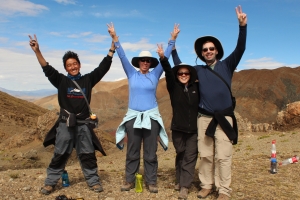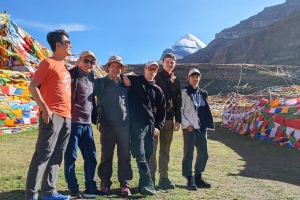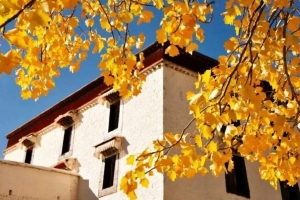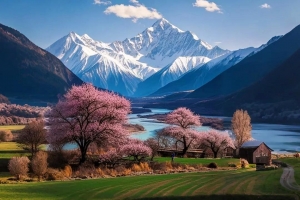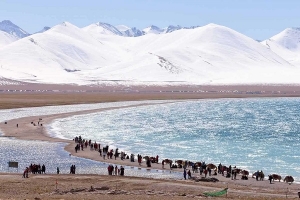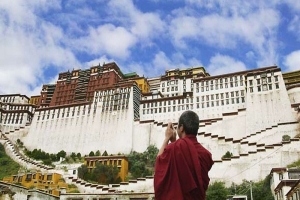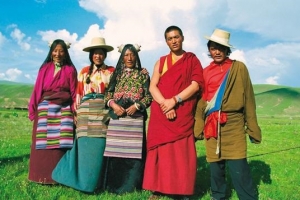The Kagyu school is one of the four major schools of Tibetan Buddhism and is known for its deep focus on meditative practice and spiritual transmission. With a name that means “oral transmission” in Tibetan—derived from “Ka” (the teachings of the Buddha) and “Gyu” (lineage or transmission)—the Kagyu tradition places strong emphasis on personal teacher-to-student guidance, especially for advanced esoteric practices.
Among the Tibetan schools, the Kagyu lineage has developed into numerous branches over the centuries. Its rich history and commitment to experiential learning have helped shape Tibetan Buddhism and continue to inspire practitioners across the world today.
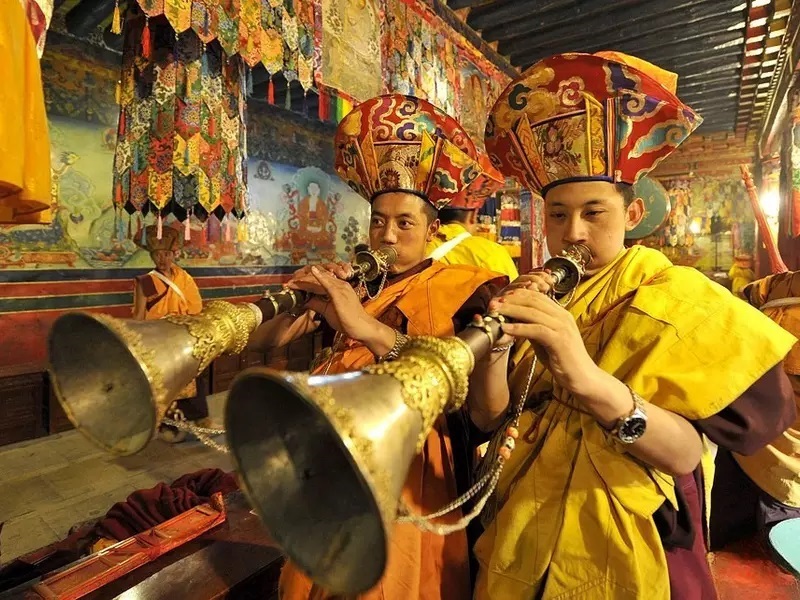
Origins and Formation
The Kagyu lineage can be traced back to India, where it began with the great tantric master Tilopa (988–1069). Tilopa received teachings through visionary experiences and transmissions from accomplished yogis, which he passed on to his disciple Naropa (1016–1100). Naropa refined these teachings into structured practices, including the renowned Six Yogas of Naropa, which became key elements of the Kagyu school.
The teachings were brought to Tibet by Marpa Lotsawa (1012–1096), a lay scholar and translator who traveled to India several times to study with Naropa and other Indian masters. After mastering these teachings, Marpa returned to Tibet, where he passed them on to his most famous disciple, Milarepa—a yogi and poet known for his solitary meditation retreats and spiritual songs.
Milarepa, in turn, taught Gampopa, a former physician and monk of the Kadam school. Gampopa (1079–1153) played a key role in systematizing the Kagyu teachings by combining Kadampa monastic discipline with the tantric teachings of Milarepa. His efforts laid the foundation for the establishment of multiple Kagyu lineages, collectively known as the Four Major and Eight Minor schools.
Kagyu Lineage and Its Branches
The Kagyu tradition is part of the so-called “New Transmission” (Sarma) schools that emerged during the Second Dissemination of Buddhism in Tibet during the 11th century. Two important figures helped shape its early formation: Marpa, who founded what became the Dagpo Kagyu, and Khyungpo Naljor, who established the Shangpa Kagyu.
Shangpa Kagyu
The Shangpa Kagyu lineage was founded by Khyungpo Naljor after studying with two prominent female Indian yoginis, Niguma and Sukhasiddhi. He later settled in the Shang region of western Tibet, where he founded 108 monasteries. Though the Shangpa tradition did not establish a widespread institutional presence, it preserved unique teachings and became known for its yogic and visionary practices.
One remarkable figure in this lineage was Thangtong Gyalpo, a master known for building iron chain bridges across Tibet and founding Tibetan opera. His creative and spiritual legacy left a lasting mark on Tibetan culture.
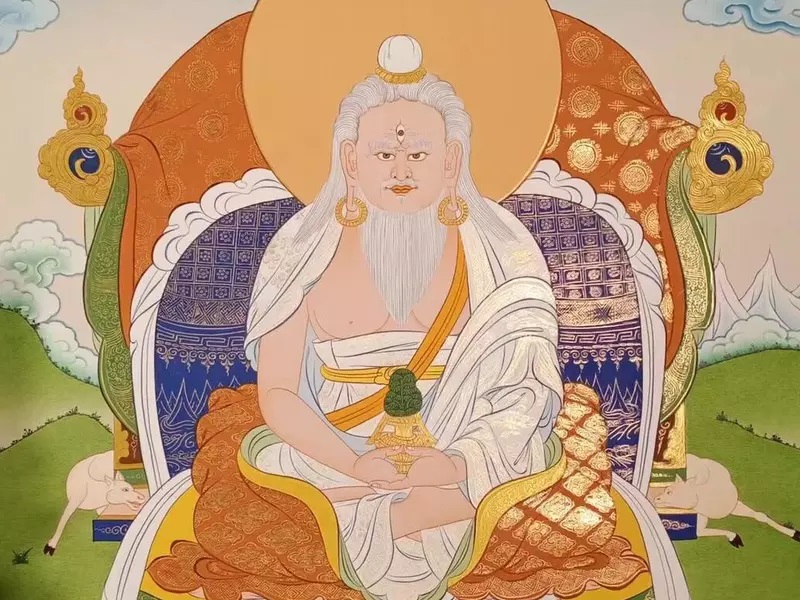
Dagpo Kagyu
The Dagpo Kagyu tradition, founded by Gampopa, became the main root of the other Kagyu branches. Gampopa’s blend of meditative training and monastic discipline helped establish the school as a significant spiritual force in Tibet. His main treatise, The Jewel Ornament of Liberation, remains a core text for Kagyu practitioners.
From Gampopa’s disciples came the Four Major Kagyu schools:
- Karma Kagyu: Founded by Düsum Khyenpa, the First Karmapa, in the 12th century, this school pioneered the tulku (reincarnated lama) system, beginning with the recognition of the Second Karmapa. Tsurphu Monastery near Lhasa became the lineage’s seat for over 800 years.
- Phagdru Kagyu: Established by Phagmodrupa Dorje Gyalpo, this branch played a major political and religious role in Tibetan history, especially through the Phagdru dynasty that ruled central Tibet for over two centuries.
- Barom Kagyu: Founded by Barompa Darma Wangchuk, this lineage focused on meditation in isolated retreat settings. Though it declined over time, it remains historically significant.
- Tsalpa Kagyu: Founded by Zangyu Dragpa Darma Drag, this branch integrated teachings from the Kadam school and gained temporary influence during the Yuan dynasty before eventually being absorbed into other traditions.
The Phagdru Kagyu lineage gave rise to eight sub-schools, including well-known branches like the Drikung Kagyu and the Drukpa Kagyu, the latter of which became the state religion of Bhutan.
Core Teachings and Practices
The Kagyu school emphasizes direct meditative experience over intellectual study. Its spiritual path is often described in three stages:
- Foundation (Cause): All beings possess Buddha-nature, an innate potential for enlightenment. Although obscured by ignorance and emotion, this pure essence can be revealed through practice.
- Path (Practice): The journey involves both exoteric and esoteric methods. Practitioners engage in the Six Perfections and meditation practices such as Mahamudra, a central teaching of the Kagyu school that points directly to the nature of mind. Other advanced practices include the Six Yogas of Naropa and inner heat (Tummo) meditation.
- Result (Fruition): The final goal is full realization of Buddhahood, characterized by the three bodies (Trikaya): Dharmakaya (truth body), Sambhogakaya (enjoyment body), and Nirmanakaya (emanation body). This state benefits all beings through compassionate activity.
Prominent Monasteries
Many Kagyu monasteries were established across Tibet and beyond, with each sub-school maintaining its own centers of practice. Some of the most important monasteries include:
- Tsurphu Monastery: Located in Doilungdêqên District near Lhasa, it was founded by the First Karmapa and served as the Karma Kagyu headquarters for centuries. It remains a key symbol of the tulku tradition in Tibetan Buddhism.
- Drigung Thil Monastery: Situated northeast of Lhasa, this monastery is the main seat of the Drikung Kagyu school. It is renowned for its retreat programs and Phowa (consciousness transference) teachings, as well as its sky burial site.
- Palpung Monastery: Found in Dege County, Sichuan, Palpung was established by the 8th Tai Situ Rinpoche in the 18th century. It became a major center for learning and art, sometimes referred to as the “Little Samye” of Kham for its spiritual and cultural influence.
Across the Tibetan plateau—including in Qinghai, Sichuan, Gansu, and Yunnan—Kagyu monasteries number in the hundreds, showing the school’s wide influence.
Conclusion
The Kagyu school of Tibetan Buddhism offers a rich blend of meditative training, oral transmission, and practical realization. Rooted in the teachings of Indian masters and shaped by the dedication of Tibetan yogis and scholars, it has preserved an unbroken lineage for nearly a thousand years.
Its focus on direct experience, personal mentorship, and profound meditation techniques continues to resonate with practitioners worldwide. Whether through the verses of Milarepa, the visionary practices of the Shangpa lineage, or the enduring presence of Karma Kagyu in the Himalayas and the West, the Kagyu tradition remains a vital and living expression of Tibetan Buddhism.

